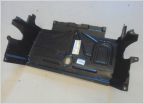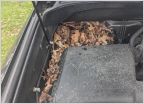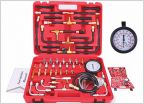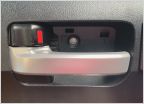-
Welcome to Tundras.com!
You are currently viewing as a guest! To get full-access, you need to register for a FREE account.
As a registered member, you’ll be able to:- Participate in all Tundra discussion topics
- Transfer over your build thread from a different forum to this one
- Communicate privately with other Tundra owners from around the world
- Post your own photos in our Members Gallery
- Access all special features of the site
Intermittent no start - suspect transient fuel pump issue, either control issue or pump itself
Discussion in '2nd Gen Tundras (2007-2013)' started by nasaman6312, Apr 28, 2020.


 High performance Tundra engines.
High performance Tundra engines. Squirrels
Squirrels Figuring Out A Misfire 2013 Tundra Limited - Solved
Figuring Out A Misfire 2013 Tundra Limited - Solved What do you call this door trim piece?
What do you call this door trim piece? Firmer shifts after pan drain and fill
Firmer shifts after pan drain and fill Basic Brake Bleeding; Not So Much; No Fluid Flow
Basic Brake Bleeding; Not So Much; No Fluid Flow














































































